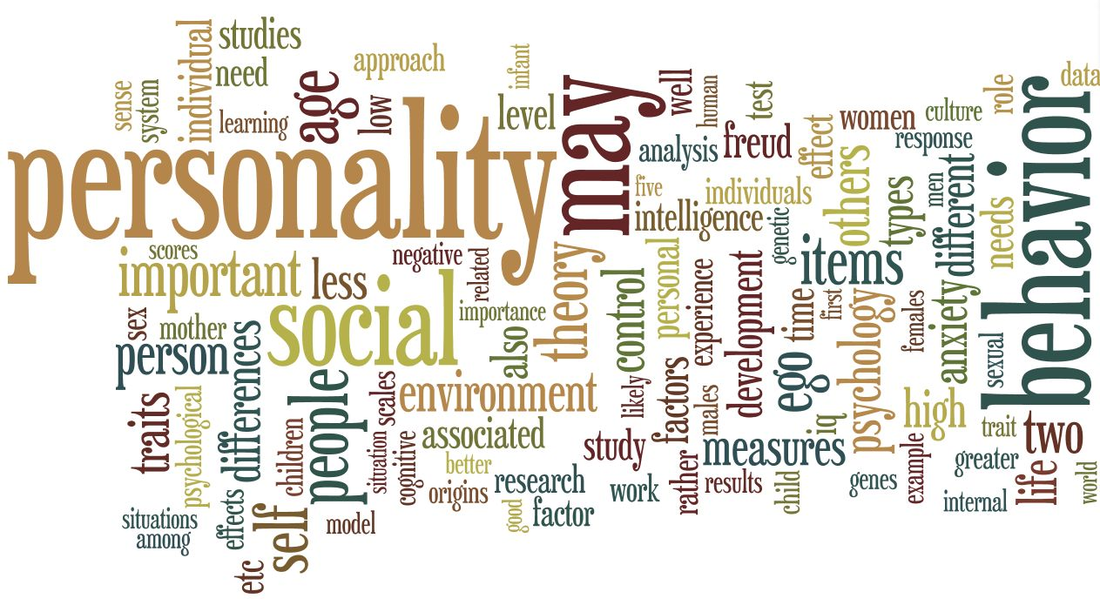Personality is defined as "the set of emotional qualities, ways of behaving, etc., that makes a person different from other people"(Mirriam-Webster, 2013).
Countless studies on personality traits, such as Jung's theory of the Introvert and Extrovert help distinguish common traits we share and what this means about us.
Understanding your own personality traits and type, can help form the type of leader you want to become.
The following site provides a free personality test!
http://www.learnmyself.com/
"Personality." Merriam-Webster.com. Merriam-Webster, n.d. Web. 9 Dec. 2013. <http://www.merriam-webster.com/dictionary/personality
Countless studies on personality traits, such as Jung's theory of the Introvert and Extrovert help distinguish common traits we share and what this means about us.
Understanding your own personality traits and type, can help form the type of leader you want to become.
The following site provides a free personality test!
http://www.learnmyself.com/
"Personality." Merriam-Webster.com. Merriam-Webster, n.d. Web. 9 Dec. 2013. <http://www.merriam-webster.com/dictionary/personality










 RSS Feed
RSS Feed